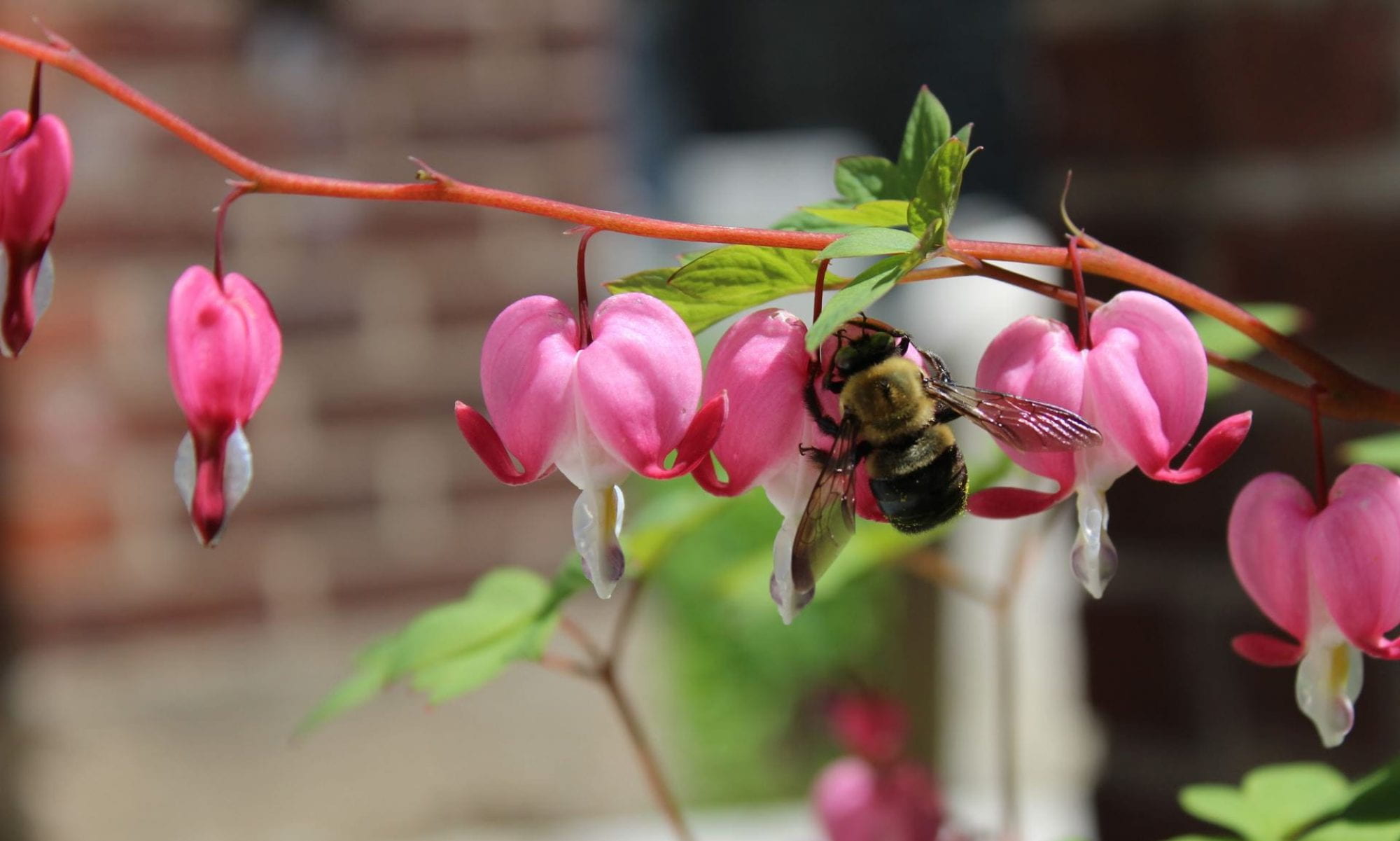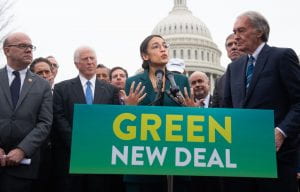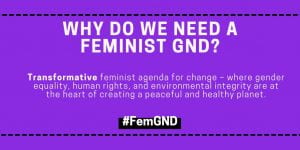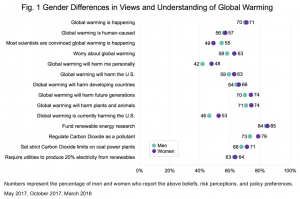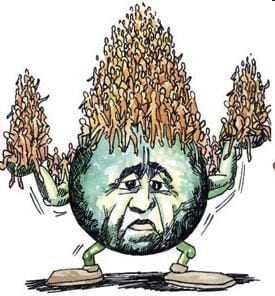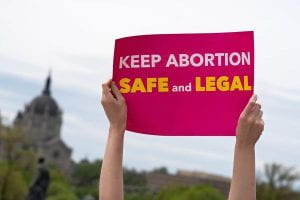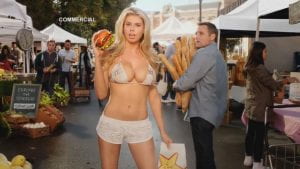In their article “Gender Equality and State Environmentalism,” Norgaard and York’s research assisted in shedding light on gender gaps in environmental politics in different nation-states. Their findings concluded that nation-state’s with higher percentages of females in higher political positions, such as Sweden and Norway, the more likely they are to enact environmental policies and ratify environmental treaties. Along with their research findings, they also discuss factors in ecofeminist/feminist theory that contribute to the link that women in politics may have on environmental treaties. Norgaard and York identify such factors as women being associated with being more compassionate, therefore having intuition for environmentalism, as well as the ecofeminist theory that sexism and environmental degradation are linked, making women in politics more prone to supporting ratification of environmentalist treaties.
One woman in politics that I related to Norgaard and York’s thesis is Alexandria Ocasio-Cortez. Ocasio-Cortez is a Congresswoman in the US House of Representatives, and she has introduced legislation entitled the Green New Deal to combat carbon emissions across the United States, as well as helping boost the economy by creating jobs (Kurtzleben 1). This legislation also includes awareness for poor, disabled, and minority populations that this legislation may impact due to the drastic economic reform (Kurtzleben 1). The reason that AOC and the Green New Deal instantly came to mind is because she is a young female Congresswoman seeking great environmental reform for our nation. The 2018 midterm elections led to more women in winning campaigns for elected office since 1992, and with it came more representation for women in politics. AOC serves as a positive influence for representation for women, and furthers Norgaard and York’s thesis that having women in politics can lead to more environmental reform.
To go along with the Green New Deal, the organization WEDO (Women’s Environment and Development Organization) detailed in an article how they worked with other women’s organizations to advocate for social justice rights within the legislation (WEDO 1). These organizations for women are seeking political involvement with the development of the Green New Deal to encompass the interests of a feminst agenda that involves ideas for social justice for minority populations such as people in the Global South, indigenous women, all women of color, the LGBTQ+ community, and other underrepresented populations (WEDO 1). The organizations sent women from the coalition to present their agenda in order to “…make sure all folks have access to basic resources and distribute them in ways where everyone is taken care of.” (WEDO 1). By having feminist ideals from women’s political organizations connected to the environmentalist policies behind the Green New Deal, this demonstrates that having women in positions of political power allows for environmental reform as stated by Norgaard and York.
According to the Yale Program on Climate Change, statistics have shown that there are gendered differences on the importance of environmental issues, specifically climate change. In the figure above, it is noted that women lead in every category with the exception of one. “A large body of research shows a small—but consistent—gender gap in environmental views and climate change opinions. On average, women are slightly more likely than men to be concerned about the environment and have stronger pro-climate opinions and beliefs (Ballew et. al 1).” These statistics also reference Norgaard and York’s findings to support the idea that women in political power can foster climate reform policies and inspire young women to also take part in environmental policies (Ballew et. al 1), as shown with WEDO’s political participation.
Sources:
Ballew, Matthew, et al. “Gender Differences in Public Understanding of Climate Change.” Yale Program on Climate Change Communication, 20 Nov. 2018, climatecommunication.yale.edu/publications/gender-differences-in-public-understanding-of-climate-change/.
Kurtzleben, Danielle. “Rep. Alexandria Ocasio-Cortez Releases Green New Deal Outline.” NPR, NPR, 7 Feb. 2019, www.npr.org/2019/02/07/691997301/rep-alexandria-ocasio-cortez-releases-green-new-deal-outline.
Norgaard, Kari and Richard York. “Gender Equality and State Environmentalism.” GENDER & SOCIETY, Vol. 19 No. 4, August 2005 506-522. https://pages.uoregon.edu/norgaard/pdf/Gender-Equality-Norgaard-York-2005.pdf
“Women’s Rights and Climate Activists Launch a Feminist Agenda for a Green New Deal.” WEDO, 25 Sept. 2019, wedo.org/feminist-green-new-deal-press-release/.
“Women, Politics and the Environment.” Women Deliver, 10 Mar. 2019, womendeliver.org/2019/women-politics-and-the-environment/.
This source from Women Deliver aided in the additional understanding of how women contribute to the overall benefit of environmental political policy. Women such as Tiza Mafira and Binta Yahaya were discussed in this article to show how women are contributing to environmentalism in nations such as Indonesia and Nigeris to showcase their environmental policy accomplishments.
